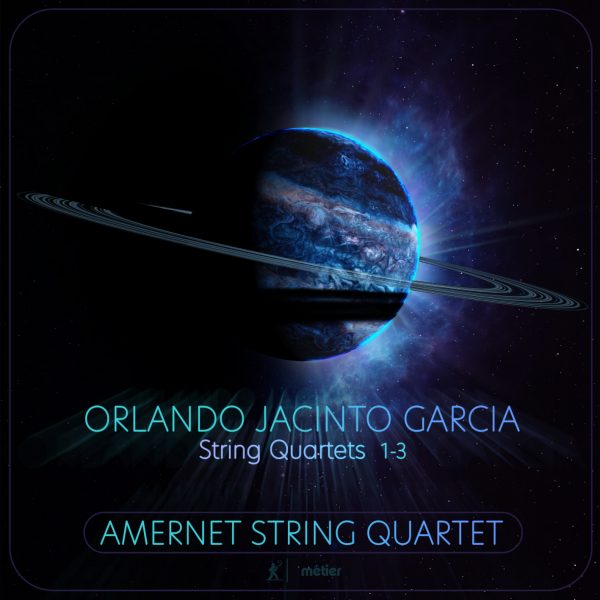The Chronicle Review Corner
We took to the avant-garde work like a duck to water. The sleeve notes say Cuban-American composer Garcia “inhabits a sonic universe where the musical landscape is constructed in order to evoke a thorough suspension of time: which partly sounds pretentious but is also partly accurate.
The three tracks on here – Rendering Counterpoint, Cuatro and I Never Saw Another Butterfly – are all similar in one way, which is that of the strings playing notes very slowly (the Amernet String Quartet feature violins, viola and cello). That’s your basic sound, and Garcia adds embellishment, whether it’s another long note played slower or shorter plucked notes.
The first work, Rendering Counterpoint, arose from a period Garcia spent with composer Morton Feldman (1926-1987), an American composer and pioneer of indeterminate music (in which some parts of the music are left open to chance or to the interpreter’s choice, so no two performances are the same). John Cage was another.
Rendering Counterpoint uses repetition, and variations from that repetition. It contains some of the harsher sections of the album, but that merely eases in the rest of the work.
Cuatro is next, as in four being the number of players in the ensemble, a traditional Cuban instrument of the same name (similar to a guitar but with four courses of doubled strings) and (apparently) the four sections of the piece, as well as a claimed influence of four composers. So much thought for such a simple piece of music. Sections of this perhaps sound the most classical but drifts into I Never Saw Another Butterfly, whose drone sounds more electronic than classical, despite some haunting violin – the piece was written as a Holocaust memorial.
It all has something of a magical quality, though some electronic/ambient acts have a similar sound.
@divineartrecordingsgroup
A First Inversion Company
Registered Office:
176-178 Pontefract Road, Cudworth, Barnsley S72 8BE
+44 1226 596703
Fort Worth, TX 76110
+1.682.233.4978












